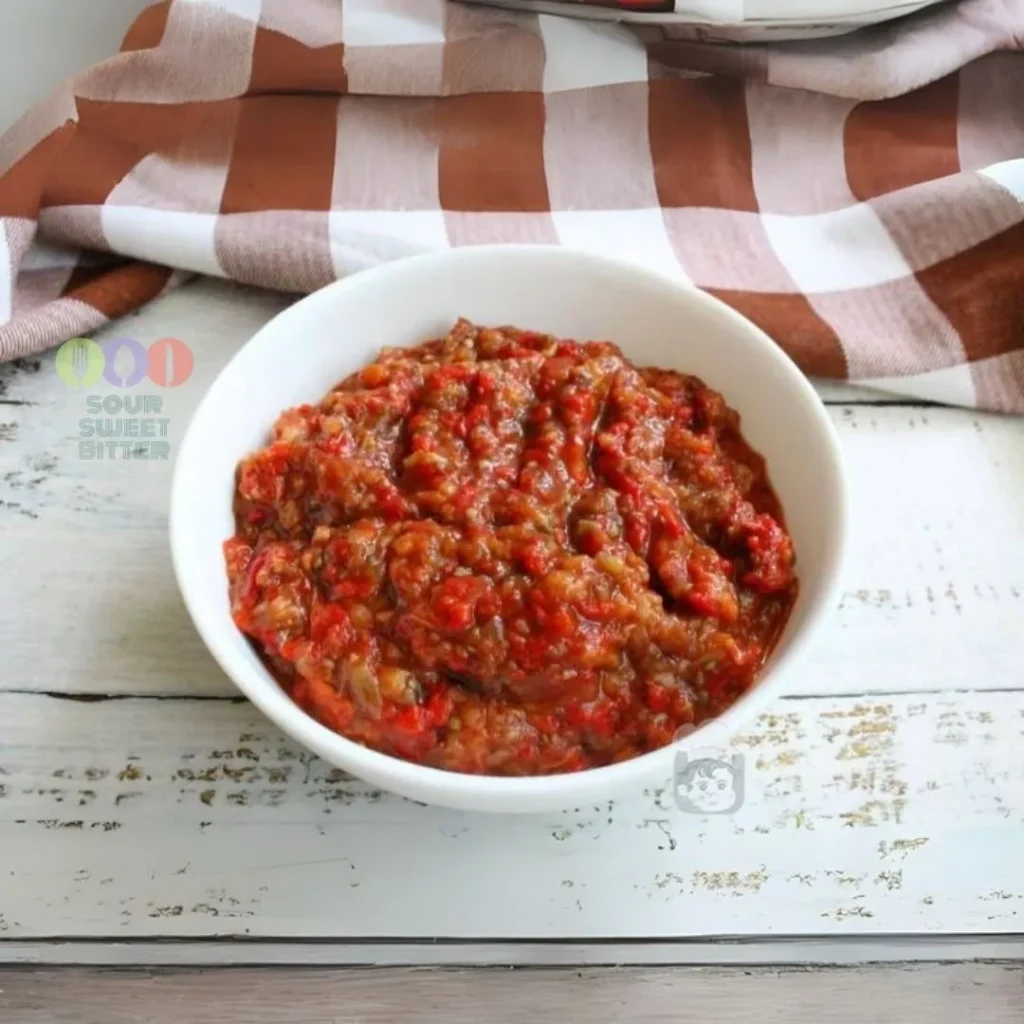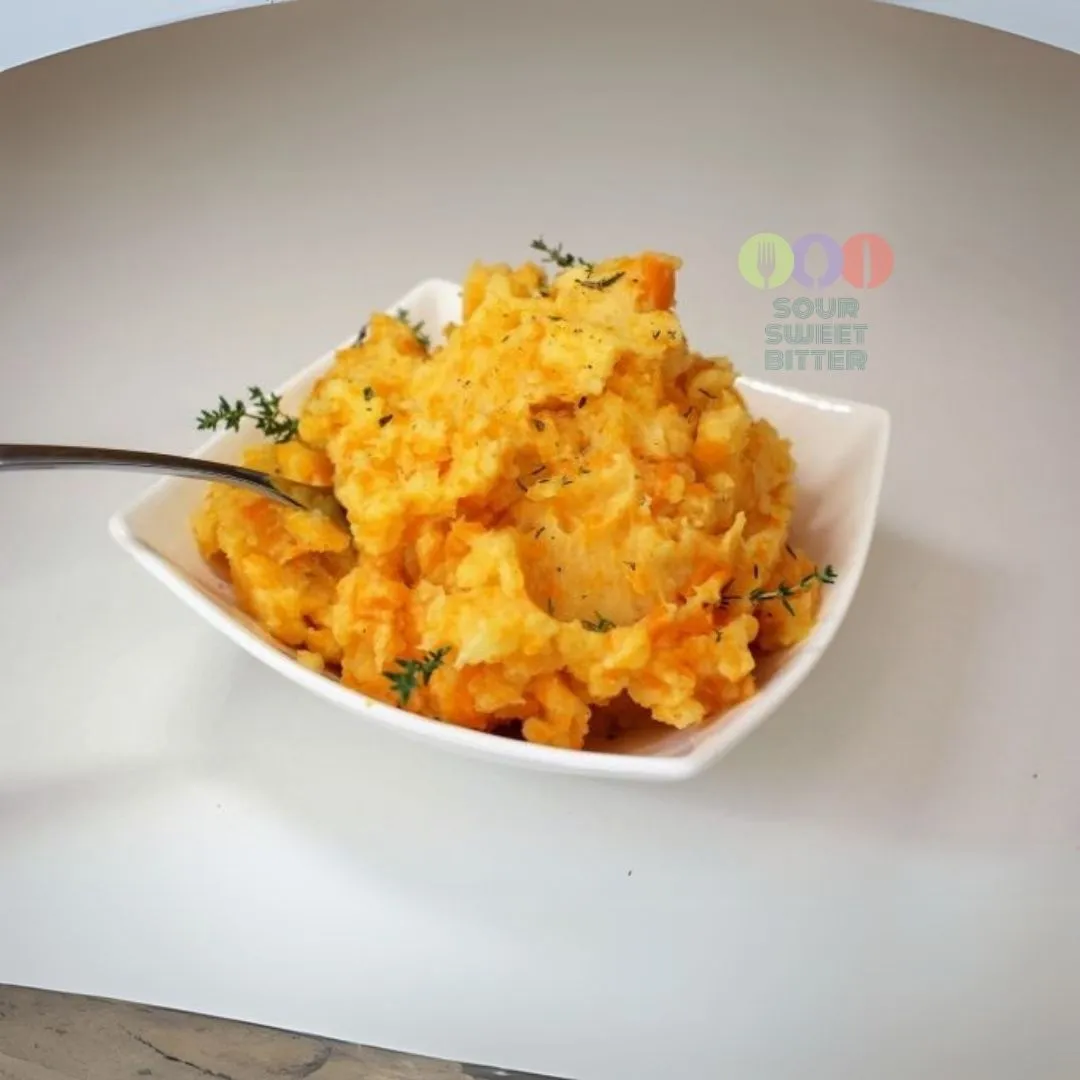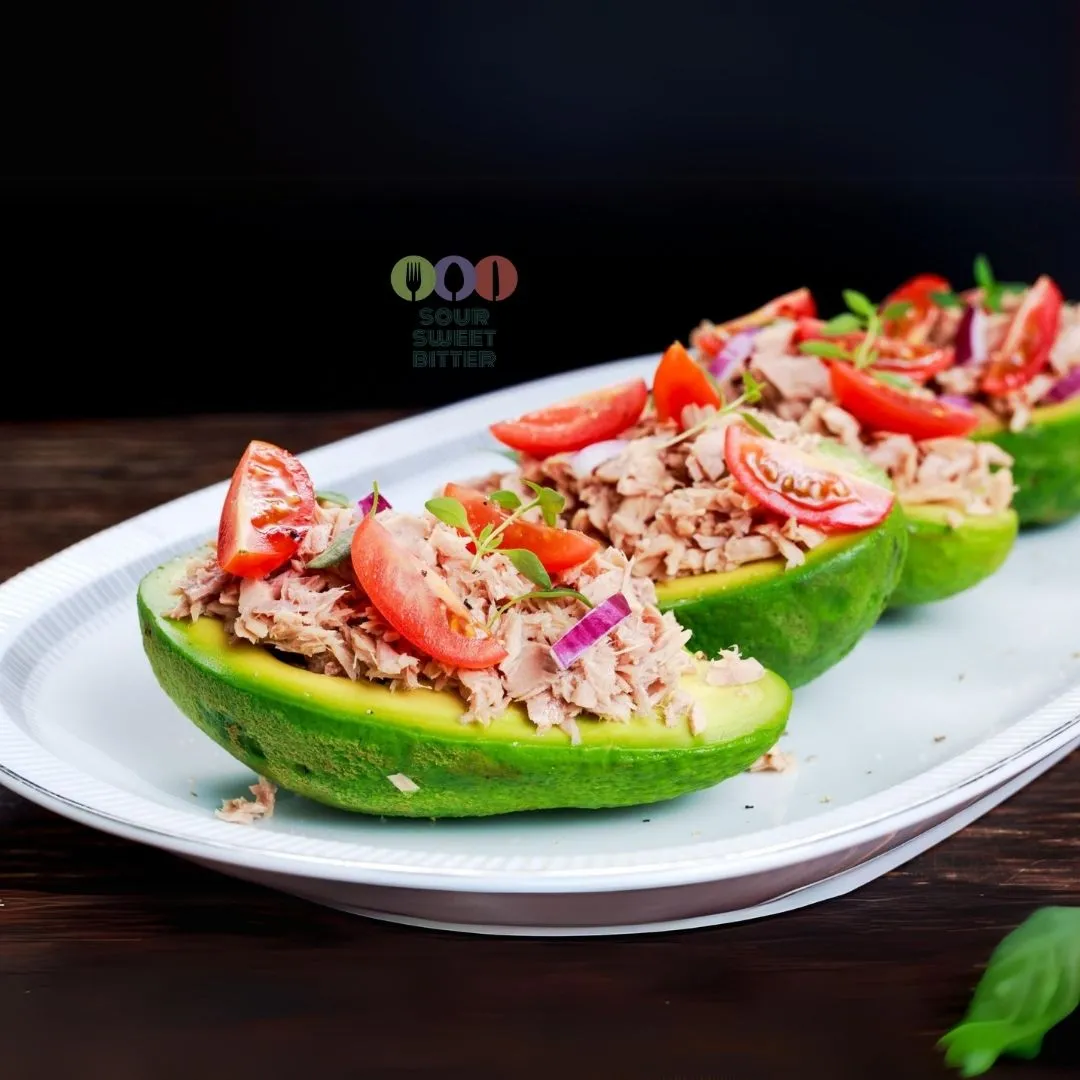Kyopolou: Bulgaria’s Smoky Treasure Rooted in Ancient Tradition
The Rustic Birth of Kyopolou
In the heart of Bulgaria’s sun-soaked countryside, Kyopolou was born — not in lavish kitchens, but over simple fires where villagers transformed humble ingredients into masterpieces. Roasted eggplants, peppers, garlic, and tomatoes came together in a smoky embrace, creating a dish that felt both rustic and deeply refined. It was a recipe of necessity, born from seasons of abundance and the deep-rooted belief that nothing should be wasted.
A Taste Shaped by Bulgarian Soil and Soul
Kyopolou is more than a spread; it’s a landscape on a plate. Every smoky spoonful speaks of Bulgaria’s fertile plains, rugged mountains, and passionate spirit. Traditionally enjoyed during late summer harvests, Kyopolou captured the bounty of the land when nature offered its richest gifts. Families gathered to roast vegetables outdoors, turning meal preparation into a festive, communal event filled with laughter and storytelling.
Kyopolou as a Symbol of Resilience and Celebration
Historically, Kyopolou mirrored the Bulgarian people’s resilience. In a country often shaped by shifting empires and challenging seasons, making the most of the land’s offerings was a matter of survival — and pride. Over time, this simple dish became a centerpiece at celebrations, embodying the beauty of turning modest beginnings into something extraordinary.
A Culinary Bridge Across Cultures
Due to centuries of cultural exchange in the Balkans, Kyopolou shares delicious echoes with Turkish, Greek, and Macedonian cuisines — yet it proudly retains its distinctly Bulgarian soul. Served alongside fresh bread, salty cheeses, or grilled meats, Kyopolou transcends borders, offering a universal language of smoky, hearty comfort.
Why Kyopolou Remains Timeless Today
In an age where processed flavors dominate, Kyopolou stands as a proud testament to slow, mindful cooking. It asks nothing but time, fire, and love — and rewards richly. Whether as a meze, a side dish, or a rustic dip at a family gathering, Kyopolou continues to enchant those who seek authenticity on their plates.
Discover Traditional Bulgarian Recipes Discover Traditional Recipes from Europe You may like this also: Egyptian Bissara
Bulgarian Kyopolou
Ingredients
Instructions
-
Clean the vegetables.
-
Light the grill or oven. Put the peppers and aubergines to roast on both sides.
-
After roasting, steam the peppers in an envelope, this will make them easier to peel.
-
Peel the aubergines and peel the peppers.
-
Grate the onion and drain it, grate the garlic too.
-
Pass the aubergines, peppers and tomatoes through a food processor or blend with a blender.
-
Mix the vegetables in a bowl with olive oil, a little vinegar, salt and pepper to taste.
-
Your traditional Kyopolou is ready. Добър апетит!
















